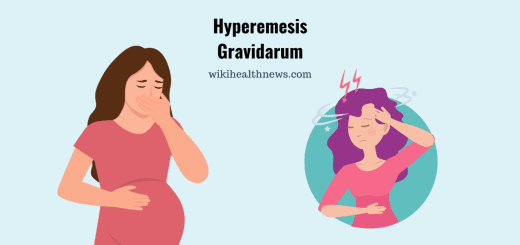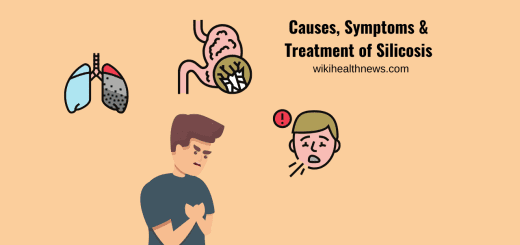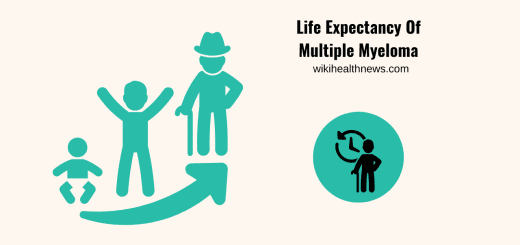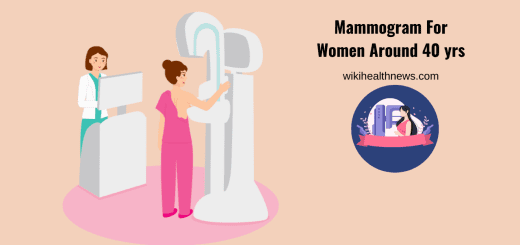Cancer Of Cervix: Prevention By Vaccine?

How dangerous is cancer of cervix?
Cervical cancer, the cancer of birth canal is caused by Human Papillomavirus infection in majority, and is the leading cancer in Indian women. Cervical cancer is the second most common cancer in women worldwide. It is the fifth most common cancer in humans and the most common cancer cause of death in the developing countries.
What are the causes of cervical cancer?
Cervical cancer is ranked as the most frequent cancer in women in India.
Causes and risk factors for cervical cancer include human papillomavirus (HPV) infection, having many sexual partners, smoking, taking birth control pills, and engaging in early sexual contact. Sexually transmitted human papilloma virus (HPV) infection is the most important risk factor for cervical precancerous changes which slowly progresses to malignancy.
HPV is a necessary cause of cervical cancer, but it is not a sufficient cause. Other factors are necessary for progression from infection to cancer. Use of hormonal contraceptives pills for long years, having many child births, early initiation of sexual activity, multiple sex partners, tobacco smoking and even infection with HIV have been identified as suppoting factors for cancer of cervix. Infection with Chlamydia trachomatis and herpes simplex virus type-2, immunosuppression, low socioeconomic status, poor hygiene and diet low in antioxidants are other probable cofactors.
What is Human Papilloma Virus?
HPV is a member of the family Papilloma group of viruses. They are small, non-enveloped deoxyribonucleic acid (DNA) viruses. Over 100 serotypes of HPV have been discovered, of which 15–20 can cause cancer. The time period between the virus infection and cancer is estimated to be 15–20 years. Based on the association with cervical cancer, these viruses are further grouped into high-risk types, probable high-risk types and low-risk types. Worldwide, high-risk type HPV-16 and 18 contribute over 70% of all cervical cancer cases (the most prevalent being HPV-16 in at least 50–60% and HPV-18 in at least 10–12%). Similarly, in Indian women, the most common types are HPV-16 and 18. HPV transmission is influenced by sexual activity and age. Almost 75% of all sexually active adults are likely to be infected with at least one HPV type.
Can the vaccine prevent cervical cancer?
Though there are several methods of prevention of cervical cancer, prevention by vaccination is emerging as the most effective option, with the availability of two vaccines. Several studies have been published examining the vaccine’s efficacy, immunogenicity and safety. Estimates suggest that more than 80% of the sexually active women acquire genital HPV by 50 years of age. Hence, the advent of a vaccine against HPV has stirred much excitement as well as debate.
How the cervical cancer vaccine is given?
The vaccine dose is 0.5 mL given intramuscularly, either in the deltoid muscle or in the antero-lateral thigh. It is available as a sterile suspension for injection in a single-dose vial or a prefilled syringe, which should be shaken well before use. The recommended age for initiation of vaccination is 9–12 years. Catch-up vaccination is permitted up to the age of 26 years. A total of three doses at 0, 2 and 6 months are recommended. HPV vaccines can be given simultaneously with other vaccines such as Hepatitis B.
What are the side effects of cervical cancer vaccination?
The most common adverse reactions are local reactions like pain (mild to moderate) in 83%, swelling with redness in 25% and systemic adverse effects such as fever in 4% of the vaccinees. No serious vaccine-related adverse events have been reported.
Who should not be vaccinated against cervical cancer?
The HPV vaccine is currently not licensed for use in female patients younger than 9 years or older than 26 years or for use in male patients. It should not be used in people with a history of immediate hypersensitivity to yeast or to any vaccine component. The vaccine should be delayed in patients with moderate or severe acute illnesses. The vaccine is not recommended for use in pregnant women. Breastfeeding women and immunosuppressed female patients can receive the vaccine.
Read More












